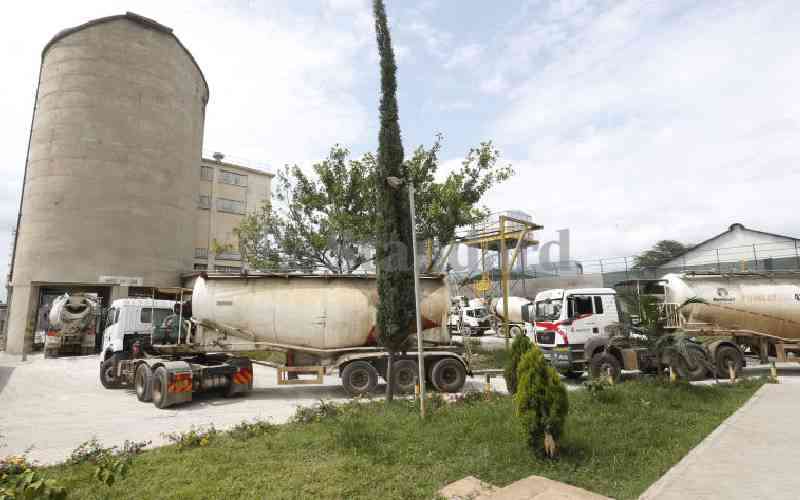The East African Community is leading in regional integration and free movement of goods and people on the continent.
A new report unveiled at the ongoing African Development Week meeting at Addis Ababa indicated the cross-border movements were easiest between Kenya, Uganda, Rwanda, Burundi and Tanzania.
EAC's leadership in integration, which identified various matrices including roaming costs and volume of trade, is a major indicator towards achieving the dream of a unified Africa by 2063.
"Deeper regional integration means larger markets and industrialisation and productivity as part of value chains," said Erastus Mwencha, the deputy chairperson of the African Union Commission, adding: "It means talent mobility thanks to greater visa openness."
Kenyan citizens, for instance, only need to produce their national identification documents to enter any of the countries in the bloc, while work permit requirements are minimal as the region works towards the dream of a common currency.
A regional parliament made of 54 members, which has been sitting since November 2001, is charged with streamlining the respective country laws with the vision of the five-member community. Several firms have had their shares cross-listed at the various stock exchanges.
Integration in the EAC was ranked ahead of the Southern African Development Community (SADC) bloc where Tanzania has a cross-membership. South Africa is the most developed economy in the trading bloc, and is naturally the biggest exporter into the 15-member community.
Africa's largest bloc, the Community of Sahel–Saharan States (Cen-Sad), which draws membership from 27 countries in the northern part of the continent including Kenya and Somalia, is ranked worst. Among the reason for the poor score is the language barrier considering the membership stretches from Djibouti in the east Senegal on the Atlantic Ocean.
Arabic and Portuguese are among the four official languages spoken in the bloc that also includes English and French. EAC scored 0.54 on the regional integration index, against 0.531 for SADC and 0.395 for Cen-Sad.
Dr Mwencha said integration across the continent was minimal, meaning most cross-border trade was with other countries outside Africa.
"Findings show that while progress is being made, with 28 high-performing countries across the eight Regional Economic Communities, average integration scores stand at below half of the scale," he said.
 The Standard Group Plc is a
multi-media organization with investments in media platforms spanning newspaper
print operations, television, radio broadcasting, digital and online services. The
Standard Group is recognized as a leading multi-media house in Kenya with a key
influence in matters of national and international interest.
The Standard Group Plc is a
multi-media organization with investments in media platforms spanning newspaper
print operations, television, radio broadcasting, digital and online services. The
Standard Group is recognized as a leading multi-media house in Kenya with a key
influence in matters of national and international interest.
 The Standard Group Plc is a
multi-media organization with investments in media platforms spanning newspaper
print operations, television, radio broadcasting, digital and online services. The
Standard Group is recognized as a leading multi-media house in Kenya with a key
influence in matters of national and international interest.
The Standard Group Plc is a
multi-media organization with investments in media platforms spanning newspaper
print operations, television, radio broadcasting, digital and online services. The
Standard Group is recognized as a leading multi-media house in Kenya with a key
influence in matters of national and international interest.








